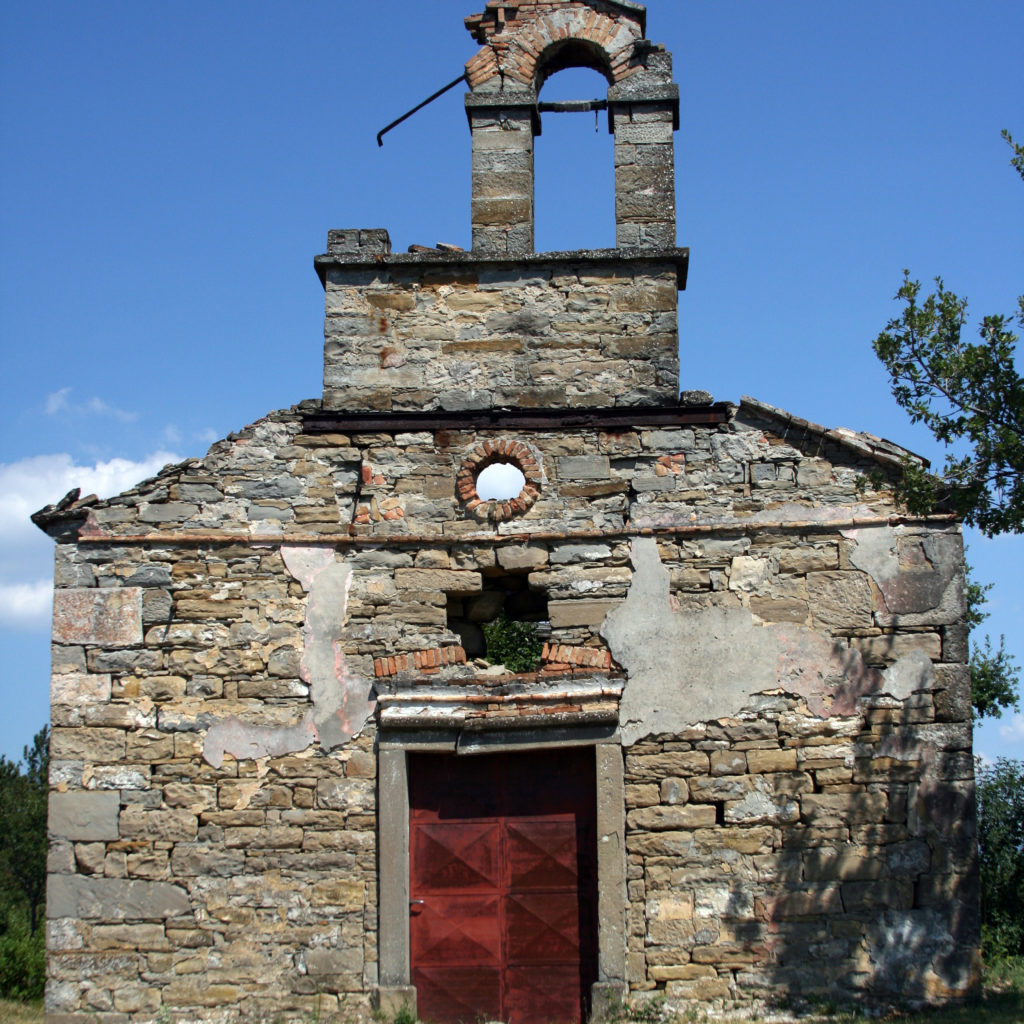The older part of the settlement is located a bit lower and is a typical nucleated village. On the newer, upper part of the settlement, new houses were built on the location of old arable land.
In the village (house Babiči 26), you can visit the well-maintained Istrian house, built from sandstone, with wooden construction and roof tile from typical “korec”. According to experts, it originates from the second half of the 19th century or first half of the 20th century. Stone staircase leads to its closed “baladur” (covered terrace) and it is supported by two stone pillars. The house is entered in the Register of immovable cultural heritage of the Republic of Slovenia.
You can also visit the ruins of the Church of St. John and Paul. The ruins are from the 15th century, with preserved Gothic architectural parts in the presbytery and preserved Gothic triumphal arch with Gothic construction parts. The nave of the church was rebuilt in the 17th century.
Therefore, you will be able to admire both the old Istrian architecture and new buildings in the village. We definitely recommend wine tasting of typical Istrian wines in one of the wine cellars – or why not in all of them!


